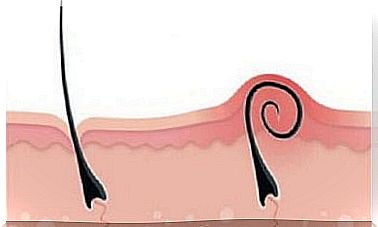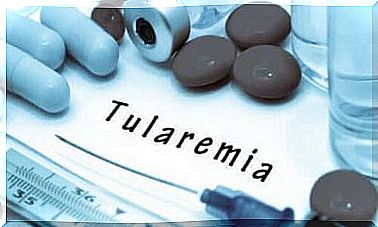Do You Know When Opioid Analgesics Are Used?

Pain relief methods have been and are one of the most important aspects of research in the history of medicine. Like many medications, opioid pain medications are substances that can provide pain relief.
In this article, we will take a closer look at the use of this popular group of medications, opioid painkillers .
Opioid analgesics – classification
Opioids are classified according to their natural way of attaching to receptors.

Regarding the effect, the breakdown is as follows:
- Full agonist
- Agonists and antagonists
- Partial agonist
- Full antagonist
Full agonist
Opioid drugs, which are full agonists, bind directly to µ (mu) receptors. Due to this interaction, the patient experiences analgesia (pain relief), euphoria, respiratory depression, constipation, nausea, vomiting, and urinary retention.
Due to the variety of side effects that occur when these receptors are activated, treating pain with these medications is less common.
For example, a complete agonist prototype opioid is morphine. The higher the dose of this drug, the greater the analgesic effect. However, it also causes many unwanted side effects.
In short, full agonists are opioid drugs whose mechanism of action is based on agonism and which are highly internally active. They are mainly used to treat specific types of pain, such as those that accompany cases such as:
- Operations
- Severe chronic pain that is resistant to other painkillers
- Tumor
- Temporary pain of high intensity
- Pain associated with a heart attack
Agonists and antagonists
This class of opioid analgesics is not specific in its mechanism of action. This means that they can exert partial agonistic and antagonistic effects. They can affect both the µ receptors and the κ (kappa) receptors.
Activation of κ receptors also results in an analgesic effect. However, this effect is weaker than when activating µ receptors. In this aspect, the drug achieves its analgesic effect through the activity of both receptors.

In addition, respiratory depression is not included in the effects of these drugs. However, they do cause a number of undesirable side effects, such as hallucinations, anxiety, and vomiting. They can also lead to dependence, but is not related to full µ agonists.
This group of drugs includes pentazocine, which has a moderate analgesic effect. This effect is three times weaker than that of morphine and nalbuphine. In conclusion, it is worth mentioning that the main application of these drugs is in the treatment of moderate to severe pain.
Opioid anti-inflammatory drugs – partial agonists
Partial agonists have an affinity for opioid receptors, but have a lower intrinsic activity than full agonists.
An example of a drug belonging to this group is buprenorphine, which has an analgesic effect 20-30 times greater than morphine. It acts on several types of receptors, which slows down its action when addiction develops.
Here are the main uses for this group of opioids:
- Treat moderate to severe pain
- Analgesia before or after surgery
- Treatment of addiction to other opiates such as heroin
Full antagonist
These drugs are opiates that have an affinity for opioid receptors but have no intrinsic activity. Moreover, their affinity covers three main types of opioid receptors.

Naloxone can be found in this group. Its main use is in emergency treatment to reverse the effects of an opioid overdose in a life-threatening condition.
Naloxone can also be used after surgery to reverse the effects of opioids given during surgery. Another use for this group of drugs is to inject newborns into their newborns to reduce the effects of opioids that the pregnant mother received before delivery.









